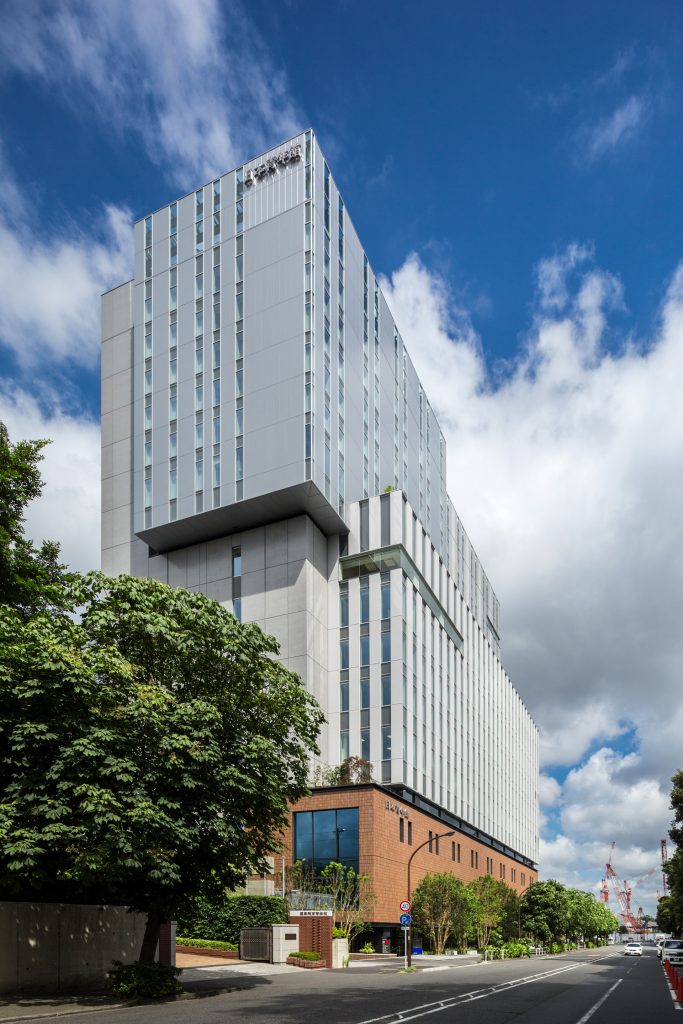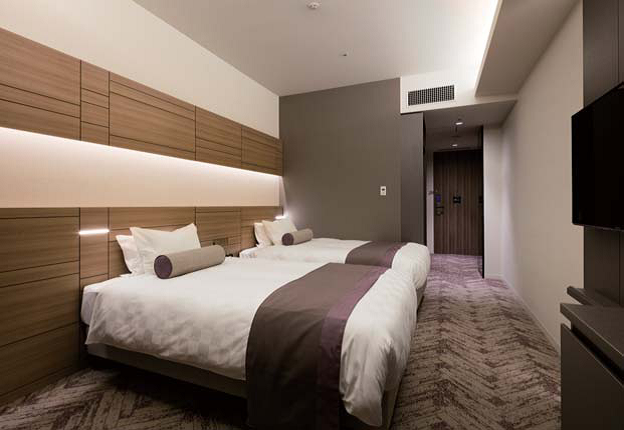Recent PAFMAC Reviews in Japan Part 2
Taken from an article published in the Japanese weekly magazine, “HOTERES”.
NIPPON SEINENKAN HOTEL
Hotel types: City Hotel
Guest rooms: 220 rooms
New construction
Our previous building was also a two-pipe air conditioning system and it had to be centrally controlled and locked in either cooling or heating mode, and it would take a full day to switch from one to the other mode.
Therefore, we were always concerned about the weather every day during the changing of the seasons to determine when to switch from cooling mode to the heating or vice versa.
Given this experience, it was critical for us to have a de-centralized all-year-round cooling and heating system, so we had requested it directly to an architectural firm.
The ability to switch between cooling and heating anytime throughout the year and to have the flexibility to do it individually in each room.
However, if we install a 4-pipe fan coil system to achieve all-year-round cooling and heating, it would require twice as many pipes which would increased initial cost.
In addition, since the required floor space and the number of guest rooms necessary for profit is determined, we realized that the hotel would not be able to secure enough pipe space to install a 4-pipe fan coil system.
While we were at a loss for a solution, the architectural firm had a proposal to install PAFMAC.
It was explained that PAFMAC allowed switching between cooling and heating while still using the 2-pipe system and each room could be controlled individually.
We always figured it would be impossible to achieve this unless incorporating the four-pipe system for interchangeable all-year-round cooling and heating, so it was surprising to hear that it could be achieved by our existing 2-pipe system.
Because the interchangeable cooling and heating is achieved by the 2-pipe system, it eliminated extra pipe space, benefiting the guest room design by freeing up space.
It reduced burden on the hotel operation as well.
In the past, I was anxious in between seasons because I had to centrally switch between hot and cold water.
Everyone feels temperature differently, so I felt uneasy when having to switch.
Now that these decisions are unnecessary, it relieved my psychological stress and I could now focus more in other areas.
Currently, we are operating with fewer people than before, so it helps greatly that we do not have to attend to air conditioning problems.
There are also benefits in terms of the running cost.
The 4-pipe air-conditioning system will continue to run chilled water and hot water throughout the year.
In comparison, the two-pipe system will be halved by a simple calculation.
After a year of operation, there are no complaints about air conditioning in the guest rooms.
Also, the operation is very simple.
- PAFMAC gives hotels 4-pipe climate control with existing 2-pipe systems. PAFMAC 通過現有的 2 管系統為酒店提供 管溫度控制
- easy, quick installation, great energy savings 安裝簡單、快捷 、極大的節能
- retrofit, hotel, Japanese HVAC 改造、酒店、日本暖通空調
- room by room installation, less downtime during renovation 逐個房間安裝、減少裝修期間的停機時間
- cost effective, efficient to operate, easy to maintain, air conditioning systems 具有成本效益、操作高效、易於維護、空調系統

